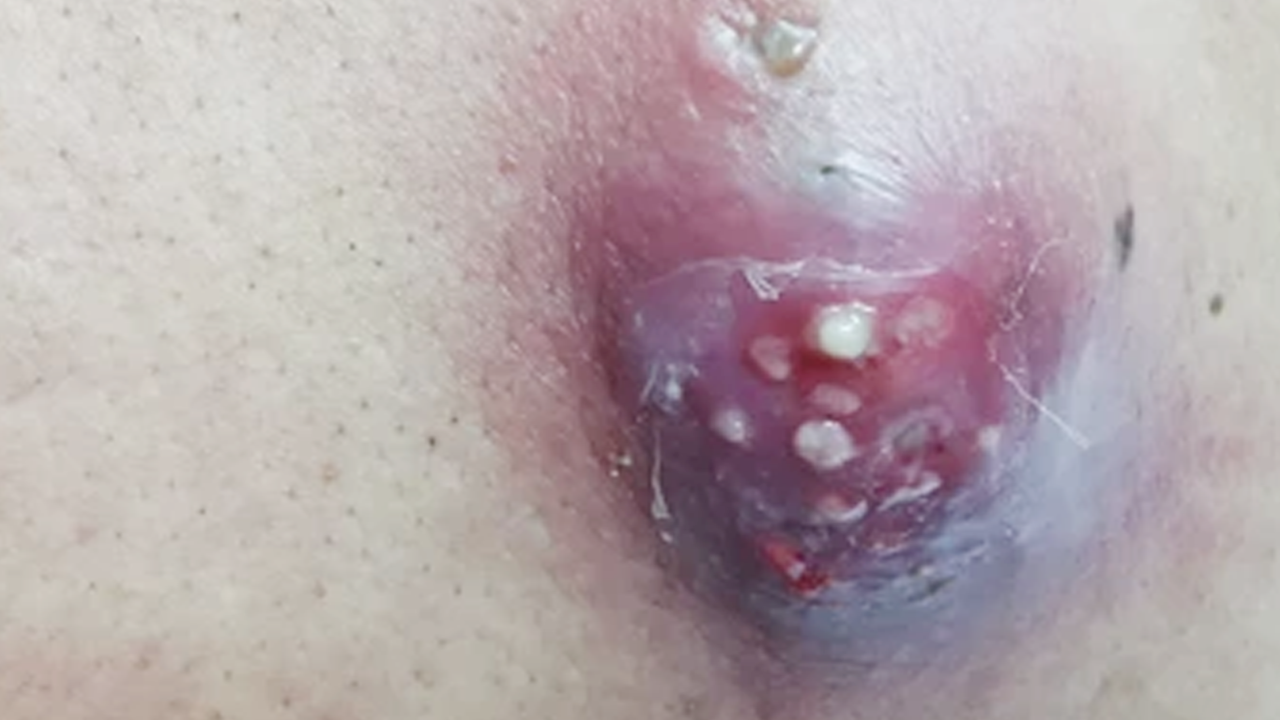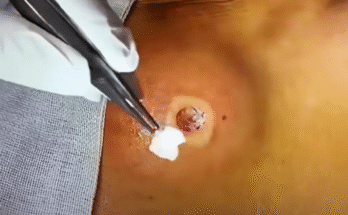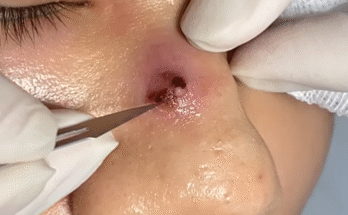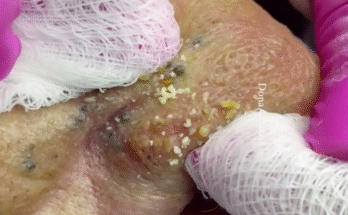Understanding and Treating Cystic Acne: A Comprehensive Guide
Cystic acne, a severe form of acne vulgaris, presents a significant challenge due to its painful, deep-seated lesions. Unlike superficial pimples, these cysts often reside deep within the skin, causing inflammation and potentially leaving behind unsightly scars. This comprehensive guide will explore the causes, appearance, treatment options, and preventative measures for managing this frustrating skin condition.
What Exactly is Cystic Acne?
Cystic acne manifests as large, inflamed, and incredibly painful bumps beneath the skin’s surface. Unlike typical acne blemishes that come to a head, these deep-seated cysts rarely form a visible whitehead. Their persistence, often lasting for weeks or even months, is a hallmark of the condition. The most common locations are the face, chest, back, and shoulders. The resulting inflammation frequently leads to dark spots or persistent scarring.
The Root Causes of Cystic Acne: Unraveling the Mystery
Several factors contribute to the development of cystic acne. A complex interplay of clogged pores, inflammation, and hormonal imbalances fuels this stubborn skin problem.
Clogged Pores: The Starting Point
Excess sebum (oil) production, combined with a buildup of dead skin cells and bacteria, creates a perfect storm for pore blockage. These blockages trap impurities, leading to inflammation and cyst formation deep within the skin.
Hormonal Fluctuations: A Major Player
Hormonal changes significantly impact sebum production. Puberty, menstruation, and conditions like polycystic ovary syndrome (PCOS) often trigger hormonal fluctuations that exacerbate cystic acne. The resulting increase in oil production contributes to further clogged pores and inflammation.
Genetics: The Predisposition Factor
Genetic predisposition plays a significant role. A family history of acne, especially severe forms, increases the likelihood of developing cystic acne.
Identifying Cystic Acne: Recognizing the Signs
Cystic acne is easily distinguished by its characteristic features:
- Large, red, and incredibly painful bumps: These lesions are significantly larger and more tender than typical pimples.
- Lack of a visible head: Unlike other acne types, cystic lesions rarely develop a visible whitehead or pus-filled tip.
- Persistent inflammation: The inflammation can persist for extended periods, often leading to long-lasting hyperpigmentation or scarring.
- Common locations: The face, chest, back, and shoulders are frequently affected areas.
Effective Treatment Options for Cystic Acne
Tackling cystic acne often requires a multi-pronged approach, combining topical treatments, oral medications, and potentially in-office procedures.
Topical Treatments: First-Line Defense
For mild to moderate cases, topical treatments can be effective:
- Retinoids (Adapalene, Tretinoin): These promote cell turnover, unclog pores, and reduce inflammation.
- Benzoyl Peroxide: This combats acne-causing bacteria.
- Salicylic Acid: This exfoliates the skin and helps prevent clogged pores.
- Antibiotic creams: These target bacterial infection and reduce inflammation.
Important Note: Over-the-counter options may prove insufficient for cystic acne; a dermatologist’s prescription is often necessary for stronger formulations.
https://youtu.be/ZI4S_68wiOA
Oral Medications: Targeting the Source
Moderate to severe cystic acne frequently warrants oral medication:
- Oral Antibiotics (Doxycycline, Minocycline): These fight infection and reduce inflammation systemically.
- Hormonal Therapy (Birth control pills, Spironolactone): This is particularly beneficial for women with hormone-driven acne.
- Isotretinoin (Accutane): A powerful retinoid, reserved for severe, treatment-resistant cases, Isotretinoin dramatically reduces oil gland size and clears skin. However, it requires close monitoring due to potential side effects.
In-Office Procedures: Targeted Interventions
A dermatologist can perform various in-office procedures:
- Cortisone Injections: These rapidly reduce inflammation in individual cysts.
- Incision and Drainage: This is for particularly large cysts requiring immediate relief (performed by a professional only).
- Chemical Peels or Laser Therapy: These can reduce breakouts and address scarring.
The Danger of Picking: Why You Shouldn’t Pop Cystic Acne
Resist the urge to squeeze or pop cystic acne lesions! Doing so significantly increases the risk of:
- Scarring: Trauma from picking can lead to permanent scarring.
- Deeper infection: Pushing the infection deeper into the skin worsens the problem.
- Increased inflammation: Picking exacerbates the inflammatory process.
- Secondary infections: Introducing bacteria increases the risk of further complications.
Preventative Skincare: Proactive Measures
Implementing a proactive skincare routine is crucial in preventing future breakouts:
- Use non-comedogenic products: Choose skincare and makeup that won’t clog pores.
- Gentle cleansing: Cleanse your face twice daily with a gentle, preferably salicylic acid-containing, cleanser.
- Moisturize: Even oily skin needs hydration; use oil-free moisturizers.
- Avoid touching your face: Minimize the transfer of bacteria and oils.
- Sunscreen: Protect your skin from sun damage to prevent post-inflammatory hyperpigmentation.
When to Seek Professional Help
If your acne is:
- Painful and persistent
- Recurrent despite over-the-counter treatments
- Leading to scarring or dark spots
- Not responding to self-treatment
Consult a dermatologist immediately. Early intervention significantly minimizes the risk of long-term skin damage and improves your overall quality of life.
References
(Insert references here, mirroring the original text’s references to American Academy of Dermatology, Mayo Clinic, National Library of Medicine, and relevant journal articles.)



